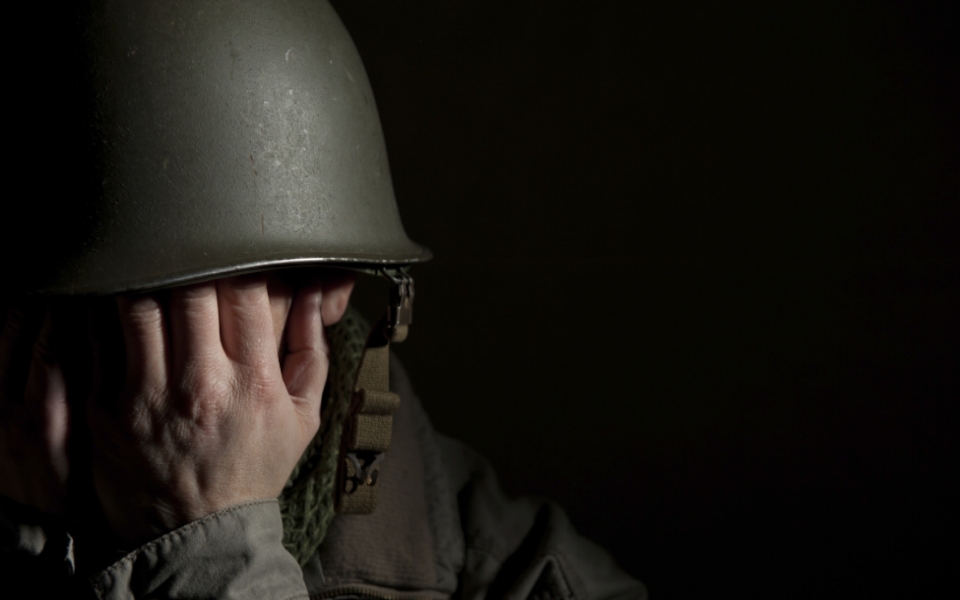
Lance Pilgrim was a typical American kid. Hailing from small town Texas, after high school and attending some college, he enlisted in the Army. Initially, Lance loved military life, reports The Statesman. Writing home to his mom: “It was so serene last night, mamma, I don’t think I can even put it into words.” But, things would soon change.
Fast forward to March 2003: The U.S. invades Iraq. As a solider in the 3rd Infantry, Lance was one of the first deployed. Combat took a toll on Lance. After returning just four months later, his mom, Judy recounts: “He had a different look in his eyes — a really deep sadness.”
A few months later, Lance suffered a minor injury. A broken finger. Thanks to an aggressive (and misleading) marketing strategy aimed at rebranding prescription opioids as relatively harmless (and effective for short and long-term use), the VA (and most American doctors) were handing out prescription narcotics like they were candy. An Army doc prescribed Lance OxyContin.
Lance may have only suffered a minor physical injury. But, after being exposed to combat trauma, he suffered emotional injuries (which were far more severe than his broken finger). It didn’t take long for Lance to start abusing “Oxy’s” (as they’re known colloquially). Lance’s mom recalls, “He found out very quickly he could deal with his mental health problems with the drugs.”
The two years for Lance were hell. He went AWOL four times. The Army discharged him. His stints at rehab were futile. One month into residential treatment program for PTSD in Waco, TX, Lance got kicked out. Shockingly, despite his documented struggles with drug abuse, they sent him home with an Rx for Vicodin, another narcotic painkiller.
Six days shy of his 27th birthday, on August 18, Lance’s lifeless body was found in a room at the (ironically named) Relax Inn. The single story stucco motel was located within a stone’s throw from the high school football stadium Lance grew up playing in. The toxicology report found a lethal combination of methadone and hydrocodone. Tragically, Lance became one of the 91 Americans who die everyday from opioid overdoses. (Notably, zero Americans die from cannabis overdoses.)
How Bad Is The Opioid Epidemic?

We haven’t seen an epidemic like the opioid epidemic since the AIDS crisis of the 1980s and early 1990s. Total deaths in 2014, per the Centers for Disease Control (CDC):
- Opioids: 18,893
- Heroin: 10,574
- Benzodiazepines: 7,945
- Cocaine: 5,415
- Cannabis: 0
Could Cannabis Have Prevented the Death of Lance (And Thousands of Others)?
According to Brian Perron, Ph.D., associate professor at the University of Michigan's School of Social Work, who studies substance-abuse issues: “In states where medical marijuana is legal, physicians should be aware that medical marijuana is a potentially safer and more effective treatment approach than opioids.”
What does the research say? A 2014 study published in JAMA Internal Medicine and led by researchers at the Perelman School of Medicine at the University of Pennsylvania, found that states who legalized clinical cannabis experienced (on average), a 25 percent drop in opioid-related deaths.
Opioid overdose deaths drop (on average) by 25% in states that legalize medical marijuana
When faced with what many consider the worst drug epidemic in history, don’t we have a moral duty to explore to potential solutions that can save lives? And, if so, specifically, how can cannabis play a role in comprehensive strategy to fight the drug epidemic?
Cannabis works as a substitute.
Research has shown many drug and alcohol abusers can use cannabis as an effective, less harmful substitute for more harmful prescription opiates or other illegal drugs—in the process, dramatically reducing or eliminating dependence on these other substances. (Studies show that alcohol, nicotine, cocaine and heroin carry far higher levels of risk than cannabis, and in fact, cannabis is approximately 114 times less deadly than even alcohol.)
Cannabis may be effective as a method of “stepping off” hard-drug use.
Dutch studies have found that using cannabis has been effective at encouraging young people to get off harder drugs and that when cannabis was used in a controlled coffeehouse environment versus “drug houses”—or, other polydrug-using environments—many subjects learned to use cannabis moderately while not combining with other substances.
Cannabis can save lives.
Ending prohibition can reduce the death rate from drug overdoses. Recent studies have shown that states with legal MMJ experienced a significant decrease in heroin and prescription pill overdose death rates, and significant drops in the suicide rate.
The narcotic-fueled drug problem is complex and there is no easy fix. Cannabis is not a cure-all and all potential remedies to the drug crisis should be explored. But, if we’re committed to seriously tackling the drug epidemic, it’s "high time" (pun intended), that we looked hard at incorporating cannabis into prescription remedies.

